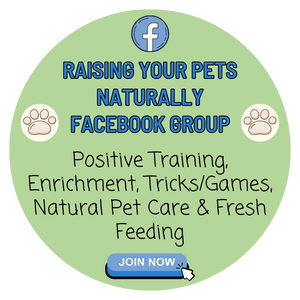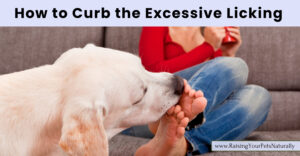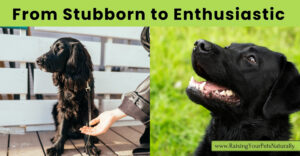Google Adsense—>

A Roadmap to Optimal Health: The Art of Pet Food Elimination Diets
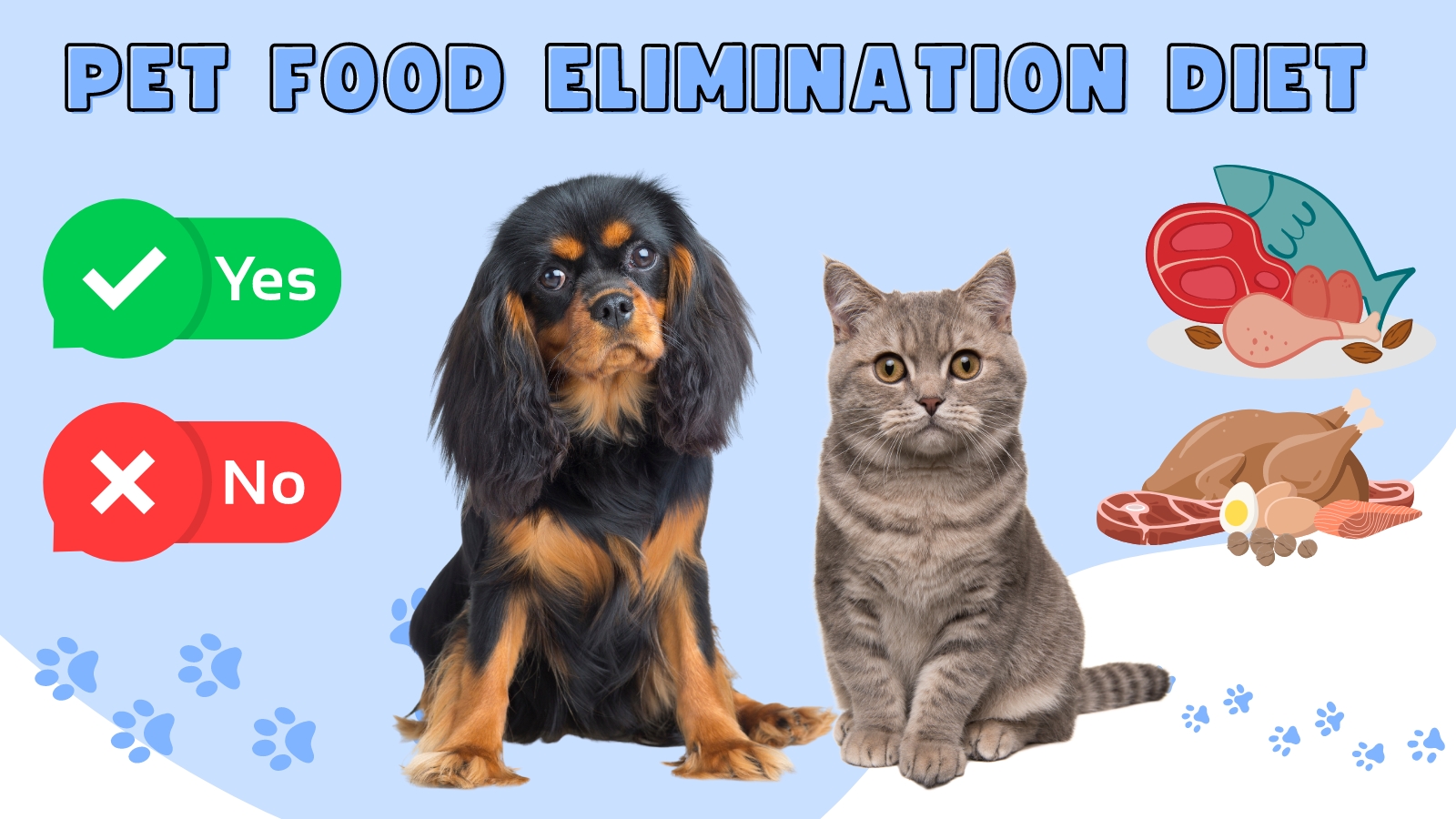
Earlier this year, I wrote an article about why a dog may be itching. One reason for a dog to be scratching and licking himself is a food allergy or intolerance. If this is the case with your dog, you’ll likely embark on a pet food elimination diet. Today, I wanted to offer you a little insight into what that may entail.
For the detection and treatment of food intolerances or allergies in dogs, a food-exclusion diet is an invaluable tool. Similar to people, our dogs, and cats might experience negative reactions to certain ingredients, which can result in gastrointestinal issues, skin conditions, and other health ailments. Starting a food elimination diet will help you identify the precise items that are the issue, enabling you to give your dog customized and healthy food.
Here is a step-by-step guide to placing your dog on a food-elimination diet.
Consult Your Dog’s Holistic Veterinarian
Consult your dog’s holistic veterinarian prior to putting your dog on a pet food elimination diet. They are able to rule out any underlying health conditions, offer advice, and ensure that your dog’s nutritional requirements are satisfied during the process.
Recognize the Symptoms
Keep track of any symptoms or indications that point to your dog having a food allergy or intolerance. Excessive scratching, recurring ear infections, gastrointestinal problems like diarrhea or vomiting, and skin irritations are typical symptoms. Keeping a thorough log of your dog’s signs and actions might be useful for monitoring improvement during the elimination diet. To record your dog’s body, it’s a good idea to take pictures and/or movies. This will enable you to assess your dog’s progress.

Select a Novel Protein
Giving your dog a novel protein source that they have never had before forms the basis of a food-elimination diet. Make a note of the things your dog has been consuming while also gathering his treats, chews, and supplements. Choosing components that are unlikely to trigger an allergic reaction is your main concern. Pork, turkey, duck, or rabbit are examples of common new protein alternatives. Additionally, foods are either cool, neutral, or warming energetically. Personally, I would begin with a protein that is cooling, like rabbit or duck. Choose premium, fresh ingredients. Sometimes it’s simpler to buy a single-protein, pre-made raw or freeze-dried pet food than it is to search for the ingredients (flesh, bones, and organs) individually.
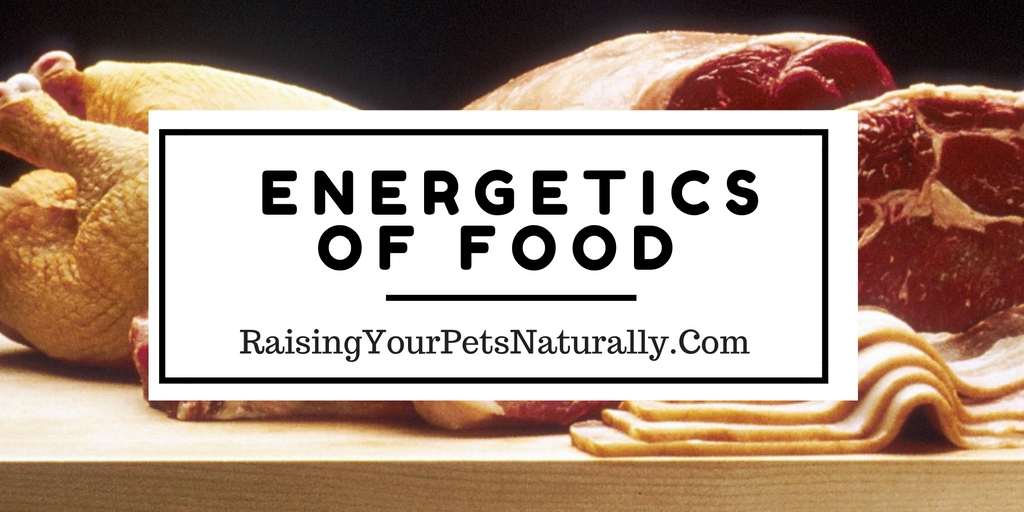
Start the Elimination Phase
Your dog will only eat the novel protein you choose throughout the elimination period. Cut out all additional foods, including treats, chews, and flavored medicines. Remember to discuss medication alternatives with your dog’s veterinarian. This stringent diet should be followed for at least 6 to 12 weeks in order to give your dog’s body enough time to detoxify and for any symptoms to subside. Dogs typically consume 2-5% of their body weight daily in raw or cooked pet food. Note: Puppies shouldn’t be put on this diet because they require balanced meals every day.
Monitor for Improvements
Keep a watchful eye on your dog’s behavior, appetite, and general health throughout the elimination phase. Keep a record of any favorable adjustments, such as less itching or enhanced digestion. It’s vital to keep in mind that certain dogs can need even longer elimination times to experience noticeable changes. Continue to record images and videos to track development. If your dog’s symptoms get worse, you should switch to a new protein and stop the old one.
Reintroduction of Ingredients
Reintroduction can start if your dog’s symptoms have disappeared or greatly improved. To find any potential triggers, this entails progressively reintroducing each ingredient one at a time. Start by adding a single ingredient gradually over the course of two weeks while keeping an eye out for any negative reactions in your dog. You can move on to the next ingredient if there are no new symptoms after using the first one.
Maintain a Balanced Diet
You can adjust the ingredients in your dog’s diet to remove specific allergic substances based on the findings of the reintroduction phase. To create a nutritionally balanced meal that satisfies your dog’s particular needs and stays clear of trigger foods, consult closely with your dog’s holistic veterinarian or a qualified animal nutritionist. Make sure the diet has enough high-quality proteins, beneficial fats, and necessary vitamins and minerals.
The identification and management of food allergies or intolerances in dogs can be accomplished with a pet food elimination diet. You can successfully identify trigger foods and create a specialized, nutritious meal that supports your dog’s health and well-being by cooperating closely with your dog’s holistic veterinarian and adhering to the step-by-step procedure indicated in this article. Always seek professional advice or guidance from an expert, and keep in mind that patience and persistence are essential throughout the procedure.
Stop letting your pet suffer and start a pet food elimination diet right away to enhance their quality of life.
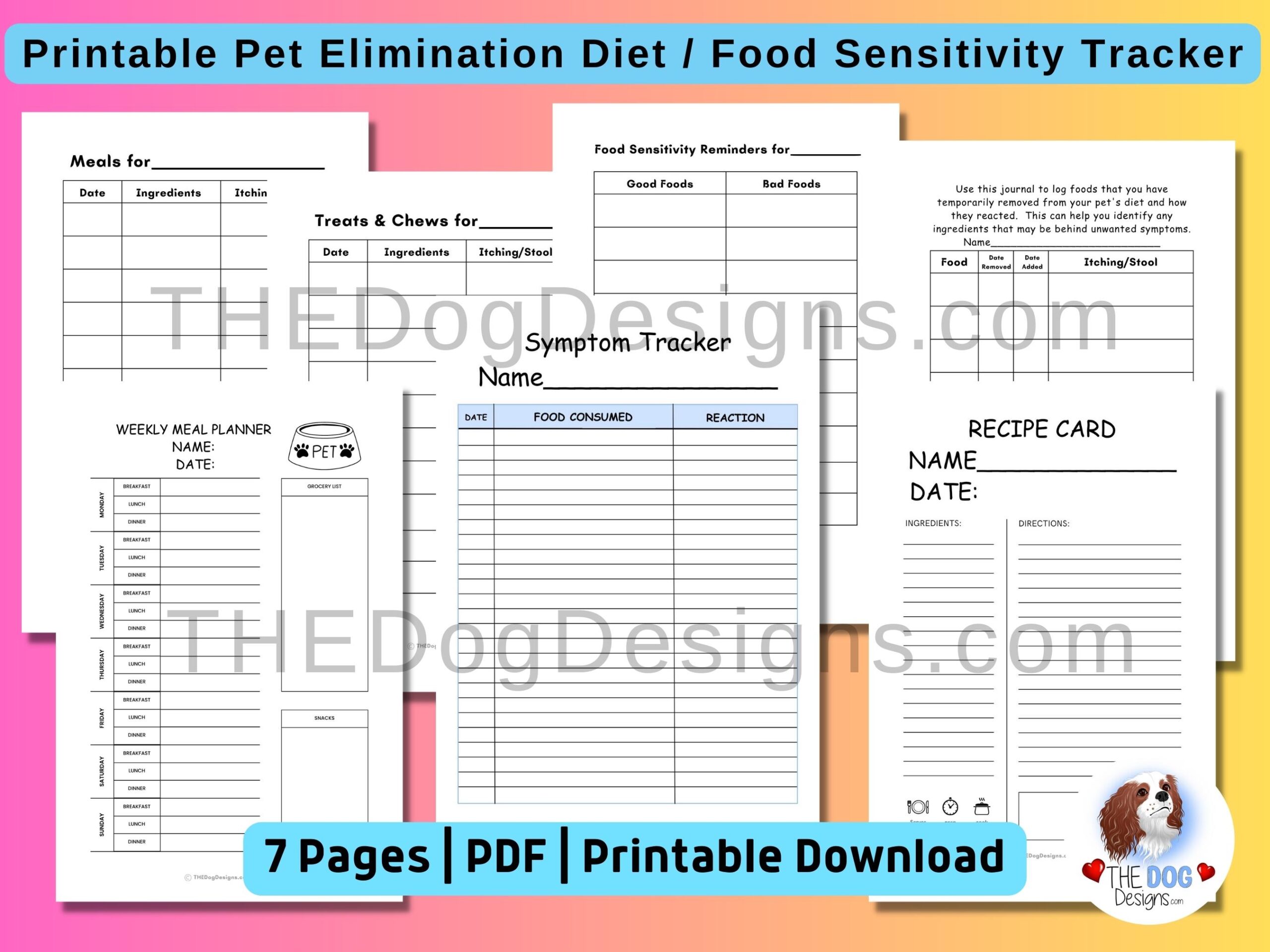
Your questions or comments are welcome below.
Are you looking for even more ways to stay up to date with Raising Your Pets Naturally? Sign up for the newsletter for more tips and promotions. Don’t forget to be social and Like, Follow and Subscribe. Comments below are always welcome.
Facebook Twitter Pinterest Instagram YouTube
 |
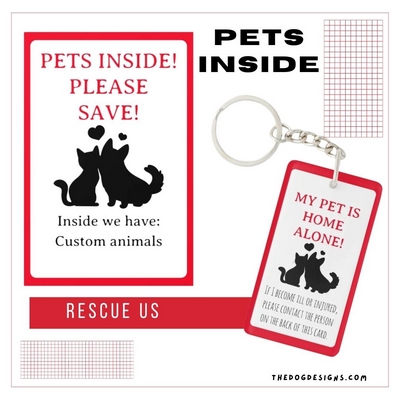 |

If you found my blog helpful, please consider a small contribution. Dexter and I thank you! |
Google Adsense—>

